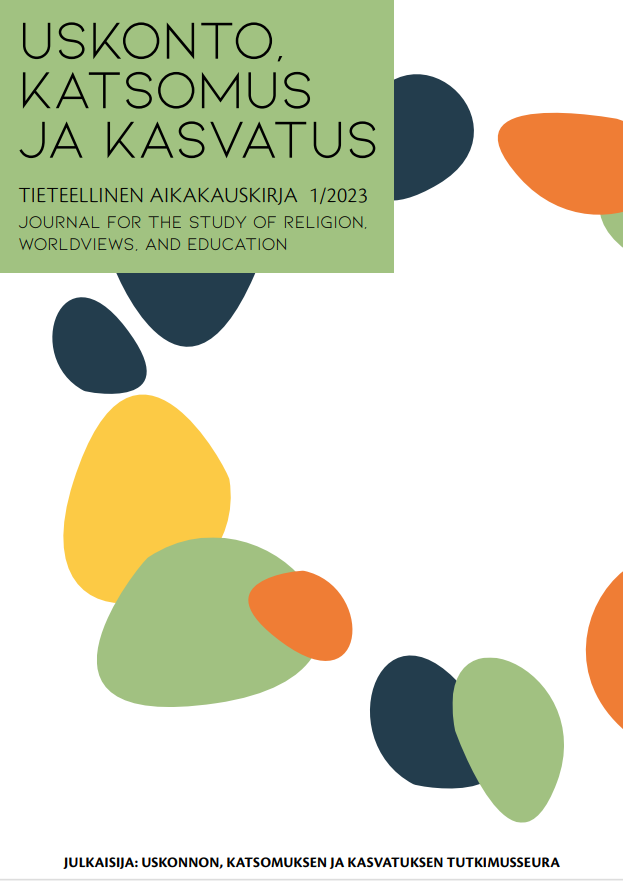Does religion contribute to youth wellbeing?
A longitudinal study of faith, wellbeing and the confirmation process among Finnish Lutheran youth - A gender perspective
Abstrakti
Various previous studies support positive connection between religion and wellbeing. However, in an increasingly secular society, religion’s role in contributing to wellbeing has been increasingly questioned. In this article, we examine changes in
wellbeing and faith and their interconnectedness among male and female Lutheran youth in Finland and whether church confirmation preparation may contribute to wellbeing. The article is based on extensive data collected from Lutheran confirmands and young volunteers in 2019–2022 with over 77.000 respondents. The results show that the development among female and male youth has taken different paths both
in faith and wellbeing. Among male youth, the data show an increase in belief, while decline and stability among female youth. Regarding wellbeing, the results reveal a clear decline in wellbeing among female youth and stable patterns among men. The increase in belief among young males in Finland is against findings in numerous studies which show that women basically in all contexts are more religious than men. Lutheran young males in Finland are clearly more religious than women both among confirmands and volunteers. These results would require more scrutiny. In line with previous studies which have shown a positive association between religion and wellbeing, the results show that faith is linked to positive wellbeing
among Lutheran youth. Also, the time spent in confirmation preparation has positive influences on youth wellbeing. This is not only due to spending time with other young people, but also the spiritual life during the confirmation process contributes to the mental wellbeing of the youth. The results raise the question of whether religion has some role in the different pattens of change in wellbeing among female and male youth. Is the decline in faith one factor behind the decline of wellbeing among female youth? Or is the connection more likely the other way around? This would require more studies.






